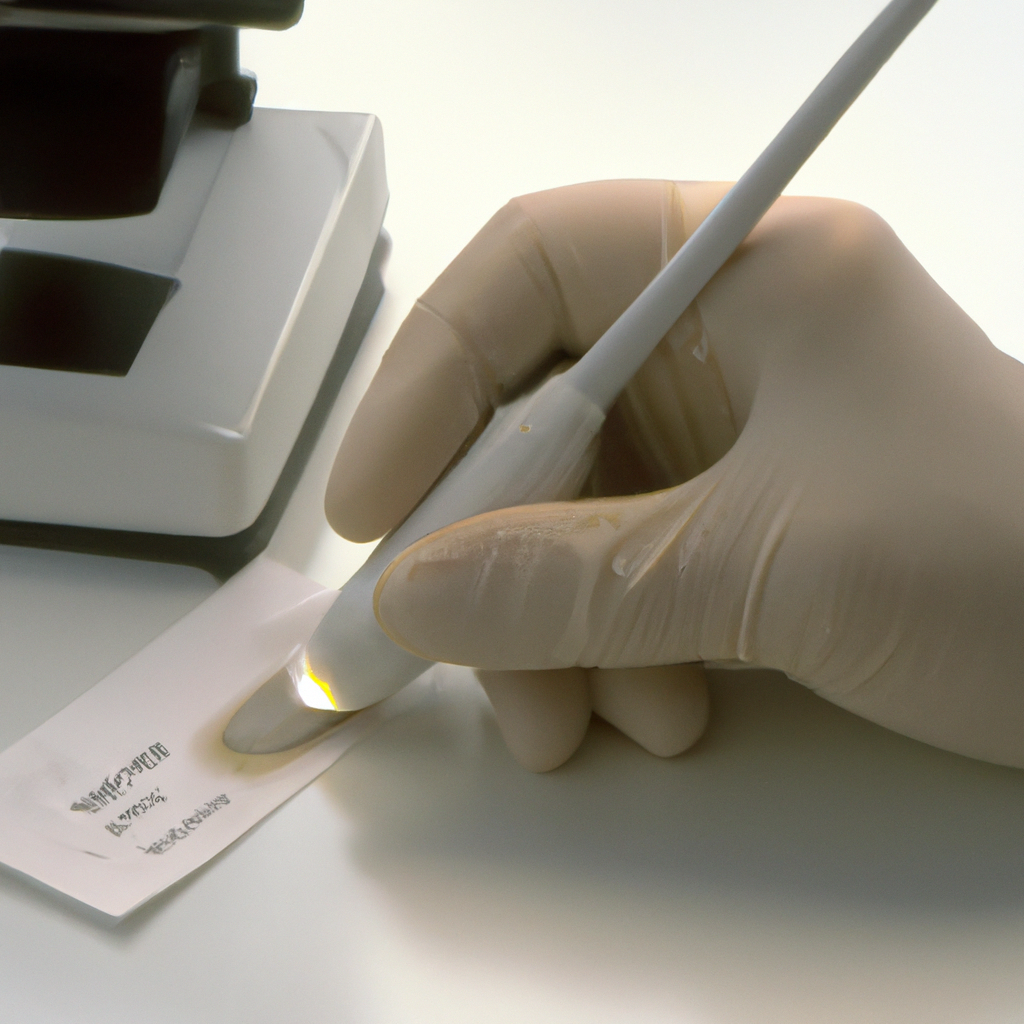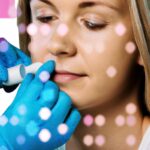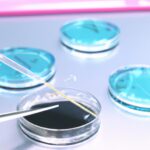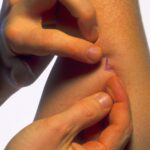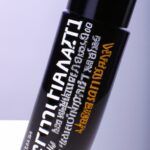Understanding Reliable In Vivo Skin Testing
The processes used in the luxury cosmetics industry are deemed to be robust and reliable. But in order to ensure that each product meets the highest standards of performance, luxury cosmetics companies must follow certain protocols to test their products for safety and efficacy. Skin testing, in particular, is a crucial part of the assessment stages, and is one of the most reliable methods for testing how a product performs on skin. In vivo skin testing is an important part of the quality assurance process within the luxury cosmetics sector, and understanding its benefits and common practises can help individuals understand the level of effectiveness associated with the tests.
What is In Vivo Skin Testing?
In vivo skin testing refers to any tests of cosmetics products on live human skin. The complex nature of human skin means that testing on mannequins or similar cannot effectively replace this type of testing. In vivo skin testing is traditionally carried out by expert laboratory technicians with experience in analyzing skin samples under a microscope.
The two most common types of in vivo skin testing are irritation testing and patch testing. Irritation testing assesses the potential for a product to produce adverse reactions whilst in contact with human skin, whereas patch testing assesses how the skin reacts to a cosmetic product on a small area of the skin over a sustained period of time.
Benefits of In Vivo Skin Testing
In vivo skin testing enables luxury cosmetics companies to test the performance, efficacy and safety of all products in a range before they’re released to the public. By assessing how a product works on a variety of complex skin tones and types, companies are better able to protect against potential reactions, allergies or skin damage.
One of the key benefits of in vivo skin testing is that it provides conclusive results that would be harder to achieve with other forms of testing. By assessing the effect of a product over a sustained period of time, luxury cosmetics companies can better understand the performance of a product and create long-lasting solutions to customer’s needs.
The Common Practices Involved in In Vivo Skin Testing
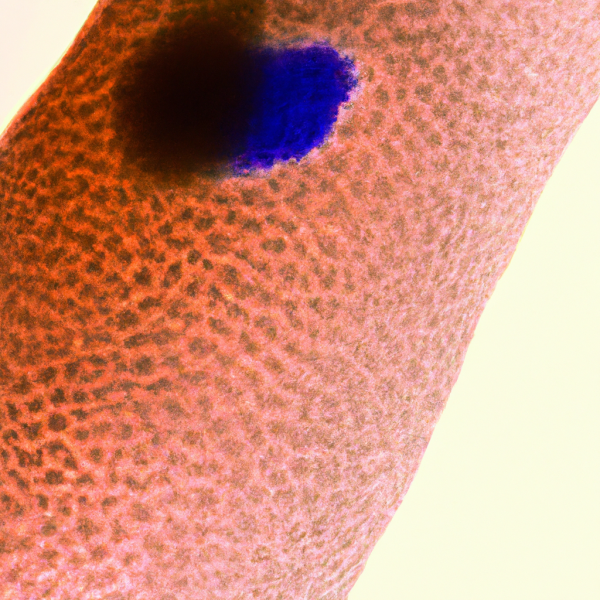
The complex nature of in vivo skin testing means that a variety of practices need to be followed in order to achieve accurate results. The preparation process typically requires a clean, lit skin area, and if any products are being tested, must be applied and left on for an appropriate amount of time.
Once the samples are taken, laboratory technicians must carefully assess the skin samples, looking for signs of irritation or a reaction to the product. This process requires keen eyesight and well-trained laboratory professionals in order to execute it correctly.
The assessment of the results is also crucial, and again requires a qualified personnel to analyze and interpret the findings in order to develop the best solutions for a product.
FAQs
What products can be tested with in vivo skin testing?
In vivo skin testing can be used to assess the performance of any number of cosmetic products, such as lipstick, moisturizers, foundations, eyeshadows and more.
How long do in vivo skin tests take?
The exact length of an in vivo skin test can vary depending on the product being tested, but typically can take anywhere between 1-2 weeks.
What safety precautions are in place for in vivo skin testing?
In vivo skin testing is a safe process, and all products used in the assessment are non-toxic and contain no hazardous chemicals. All experts involved follow strict safety guidelines to ensure the health and wellbeing of everyone involved in the testing process.
Optimizing In Vivo Skin Testing for Reliable Results
In vivo skin testing is a vital component of quality assurance in the luxury cosmetics industry. By subjecting products to rigorous testing on live human skin, companies can ensure their safety and efficacy before releasing them to the public. Understanding the benefits and best practices of in vivo skin testing is crucial for individuals seeking reliable and conclusive results.
Why Choose In Vivo Skin Testing?
In vivo skin testing stands out as a superior method for evaluating cosmetic products compared to alternative testing approaches. Here’s why:
1. **Accurate assessment of adverse reactions**: In vivo testing allows companies to evaluate the potential for adverse reactions on real human skin, providing more realistic and relevant results compared to tests on mannequins or synthetic models.
2. **Comprehensive evaluation of diverse skin types**: Luxury cosmetics are used by individuals with a wide range of skin tones and types. In vivo testing enables companies to assess product performance on different complexions, ensuring maximum inclusivity and minimizing the risk of skin damage or allergies.
3. **Long-term performance analysis**: By conducting in vivo tests over an extended period, companies gain valuable insights into a product’s long-term performance. This information helps develop effective and enduring solutions that meet customers’ needs.
Best Practices in In Vivo Skin Testing
To achieve accurate and reliable results, specific practices must be followed during in vivo skin testing. Here are the key steps involved:
1. **Preparation and application**: Before conducting the test, the skin area must be clean and well-lit. If any products are being tested, they should be applied according to the instructions and left on for the recommended duration.
2. **Sample assessment**: Expert laboratory technicians, skilled in analyzing skin samples, meticulously examine the skin for any signs of irritation or adverse reactions. Their keen eyesight and expertise ensure accurate interpretation of the test results.
3. **Analysis and interpretation**: Once the samples have been assessed, qualified professionals analyze the findings to develop optimal solutions for the product. This stage requires a deep understanding of the skin’s behavior and potential interactions with cosmetic ingredients.
4. **Safety precautions**: In vivo skin testing follows strict safety guidelines to ensure the well-being of all involved parties. The tested products are non-toxic and free from hazardous chemicals. The experts conducting the tests prioritize the health and safety of everyone throughout the process.
Frequently Asked Questions
What types of cosmetic products can be tested with in vivo skin testing?
In vivo skin testing can be utilized to assess the performance of various cosmetic products, including but not limited to lipstick, moisturizers, foundations, eyeshadows, and more.
How long does an in vivo skin test typically take?
The duration of an in vivo skin test may vary depending on the specific product being tested. Generally, these tests can span anywhere between 1 to 2 weeks to ensure comprehensive evaluation.
Are safety precautions in place for in vivo skin testing?
Absolutely. In vivo skin testing is a safe process, and all products used during the assessment are non-toxic and free from hazardous chemicals. The experts involved strictly adhere to safety guidelines to safeguard the health and well-being of all participants.
In conclusion, in vivo skin testing plays a crucial role in guaranteeing the quality, safety, and effectiveness of luxury cosmetics. By adhering to best practices and ensuring comprehensive evaluation, companies can deliver exceptional products that meet the diverse needs of consumers. Understanding the value of in vivo skin testing empowers individuals to make informed choices when it comes to selecting and trusting cosmetic products.

